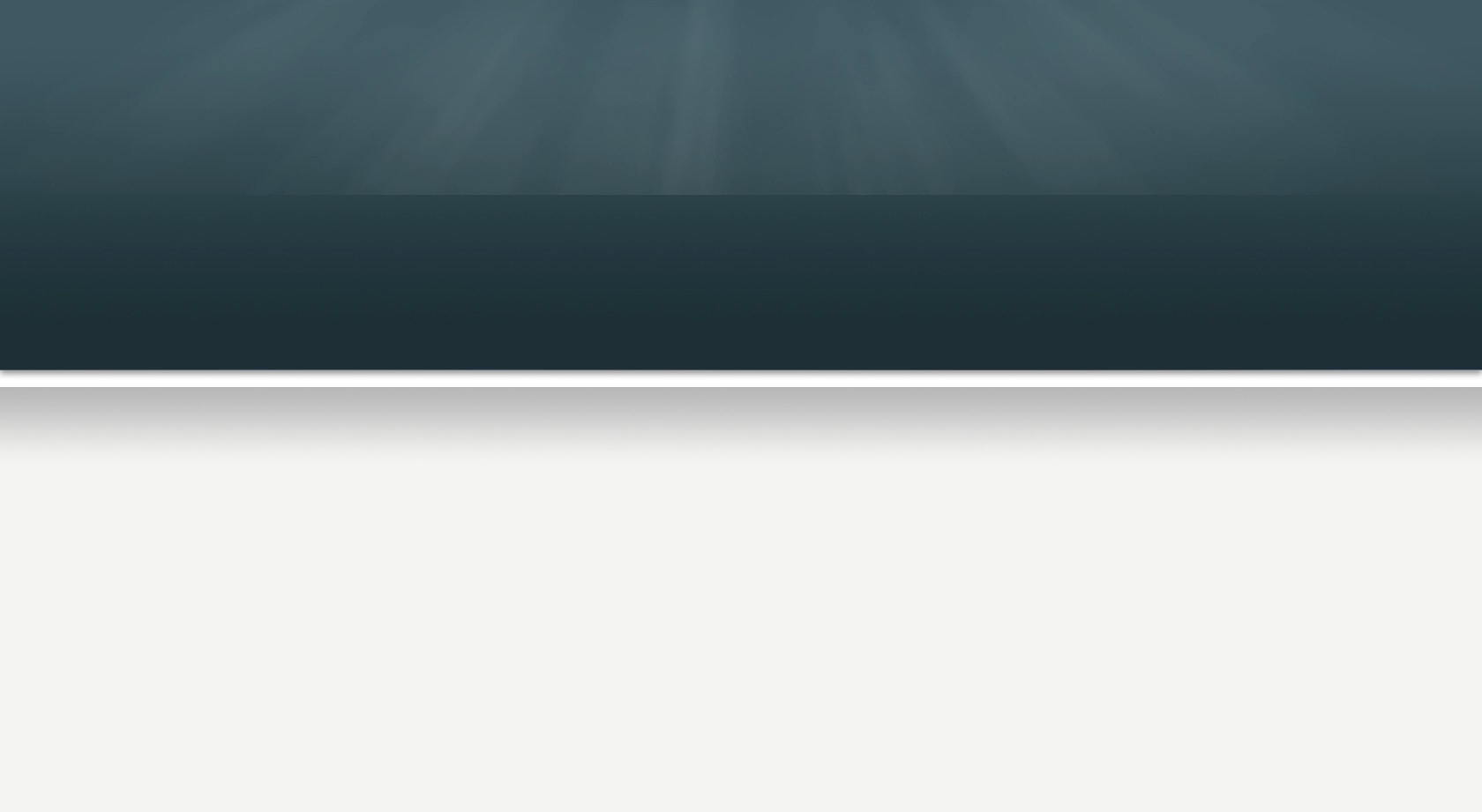Our Client Area / Secure Client Portal
Secure Client Area / Portal
For the protection of our clients we use SECURE CLIENT PORTAL (Client Area) to send and receive documents to and from you.
You can get access to the portal on the Home Page in the side navigation menu under "Client Area" or at the top right navigation menu on every page under "Client Area". If an account is not already set up for you, please call our offices and one will be setup for you. Note we can not set your passwords, however there is a forgot password link should need to reset the password yourself.
When your account is set up, you will be sent an email directly from my portal, with your temporary password and login information. Once logged in, you can click the update your information and password.
To change your password and other information, click on the My Account or the Settings Gear icon in the upper right corner of the screen. Then select the menu "Settings". This will take you to a screen where you can:
- Change your password
- Update your e-mail (e-mail used to login)
- Update your phone numbers
- Update your address information
- Set the site to automatically logoff after certain amount of inactivity
Your portal account is FREE and allows you to upload files, fill out online forms, sign documents and send messages to our staff.
All secure documents weI send you will now be uploaded to this site, rather than being sent via email or facsimile transmissions for security purposes. While we will still use email and facsimile transmissions for other non-sensitive documents, we request that all communications go through the portal. You will receive emails directly from my Client Portal to notify you when files are uploaded by us, to the Portal, and are available for you to download. You will also able to upload secure documents to us through the same portal. Files uploaded by us will usually appear in spcific folders to help organize your informatoion.
NOTE: That while the Portal is not a storage facility for your files, but rather a secure method of transferring sensitive information. At this time files uploaded by our offices for you will be retained on our portal indefinately, unles we receive a request that a file or multiple files be deleted. Files you send to us will also be moved to various folders to better organize them. This policy is subject to change as needed.
Well now this is fine and dandy!
One more administrative headache, one more step, one more thing to do ... but what's the point of a Client Portal anyway?
The Client Area / Secure Portal What is it and Why Should I Use it?
- Sharing information via e-mail is not secure - E-mail transmissions are fairly easy to intercept and anyone with access to a client's e-mail account could see the confidential information. With the high increase in internet fraud and Phishing, it is more important than ever to use secure transfer methods;
- It is a Great Centralized Tool - Missing information to complete a tax return? Need accounting information to complete some financials? Need to deal with and IRS notice? Need to provide a copy of your tax return because you refinancing your mortgage or filling out your child's FASFA? Or anything else you can think, the client area/portal is a great tool to centralize the sharing of this information without having to mail or drive over with the required data.
- SAS 70 Certified – What is SAS 70? Type I SAS 70 audits provide independent third party assurance by a licensed CPA firm as to whether control activities described by a service organization are suitably designed to meet specified control objectives and whether the controls were placed in operation as of a particular date.
- Our Secure Client Portal uses a 256 bit level of encryption - What does this mean to you? Advanced Encryption Standard (AES) is a specification for the encryption of electronic data. It has been adopted by the U.S. government and is now used worldwide.
- The design and strength of all key lengths of the AES algorithm (i.e., 128, 192 and 256) are sufficient to protect classified information up to the TOP SECRET level. TOP SECRET information will require use of either the 192 or 256 key lengths. The implementation of AES in products intended to protect national security systems and/or information must be reviewed and certified by NSA prior to their acquisition and us.
- So what does this mean in English please? - In cryptography, a brute-force attack, or exhaustive key search, is a strategy that can, in theory, be used against any encrypted data. Such an attack might be utilized when it is not possible to take advantage of other weaknesses in an encryption system (if any exist) that would make the task easier. It involves systematically checking all possible keys until the correct key is found. In the worst case, this would involve traversing the entire search space. WOW, I thought that was going to be in english!
- Okay, let's try this - So a 128 bit encryption being attacked by this brute-force attack (using super computers and today's technology) would take approximately 149,745,258,842,898 years to crack while a 256 bit encryption would take approximately 50,955,671,114,250,072,156,962,268,275,658,377,807,020,642,877,435,085 years to crack (of course this is a moving target). Hopefully enough to stop those wishing to steal your sensitive information! For more information on Brute-Force Attacks See: en.wikipedia.org/wiki/Brute-force_attack
Click Here for Our Secure Client Area / Portal
Use Our Portal and Protect Your Information.

